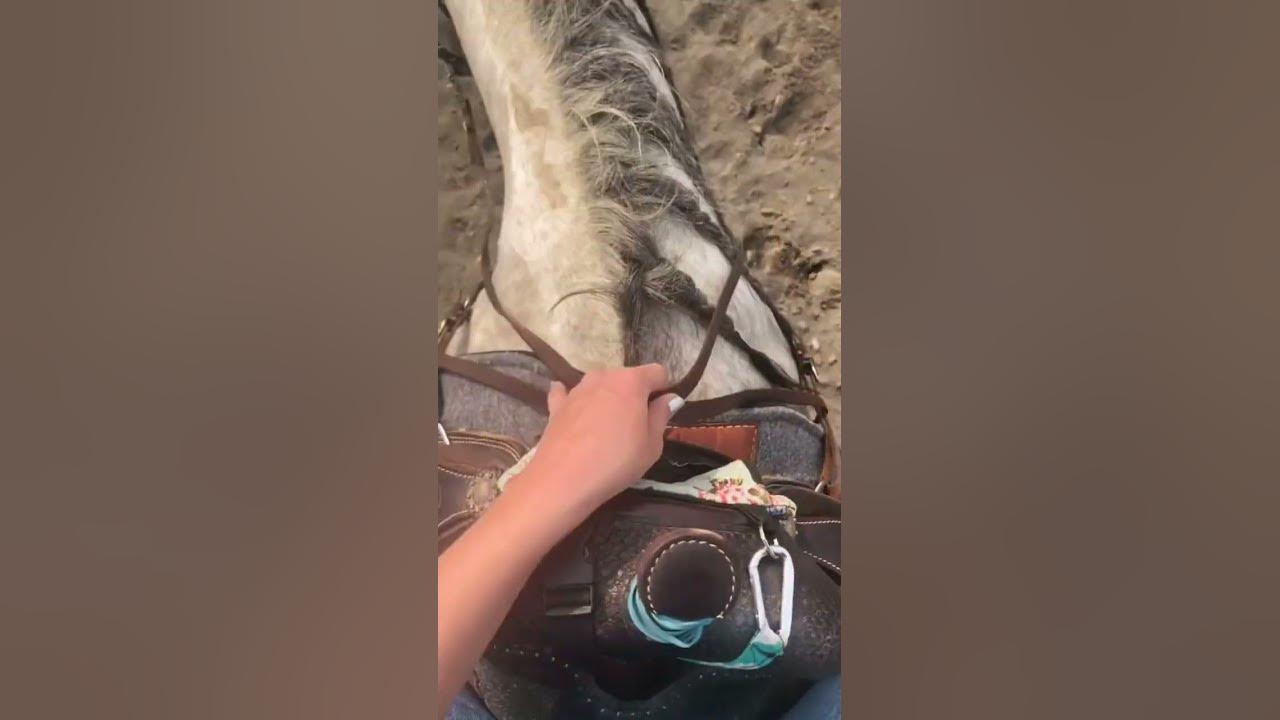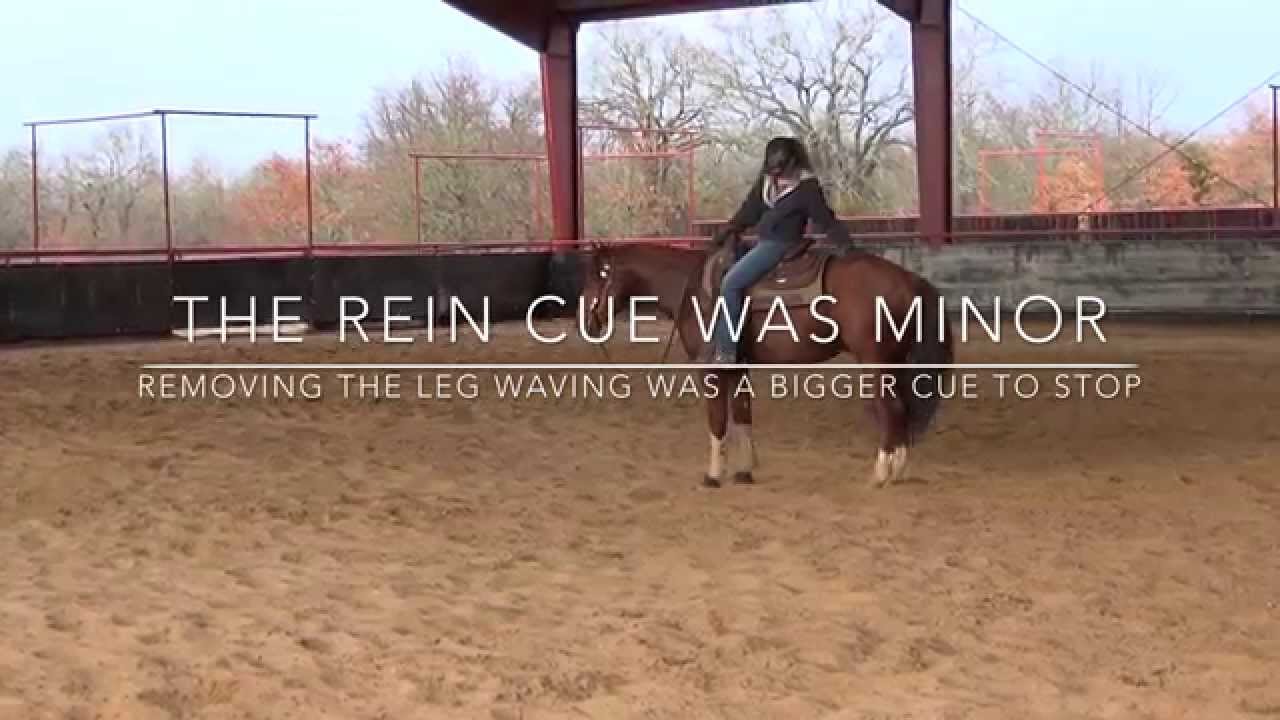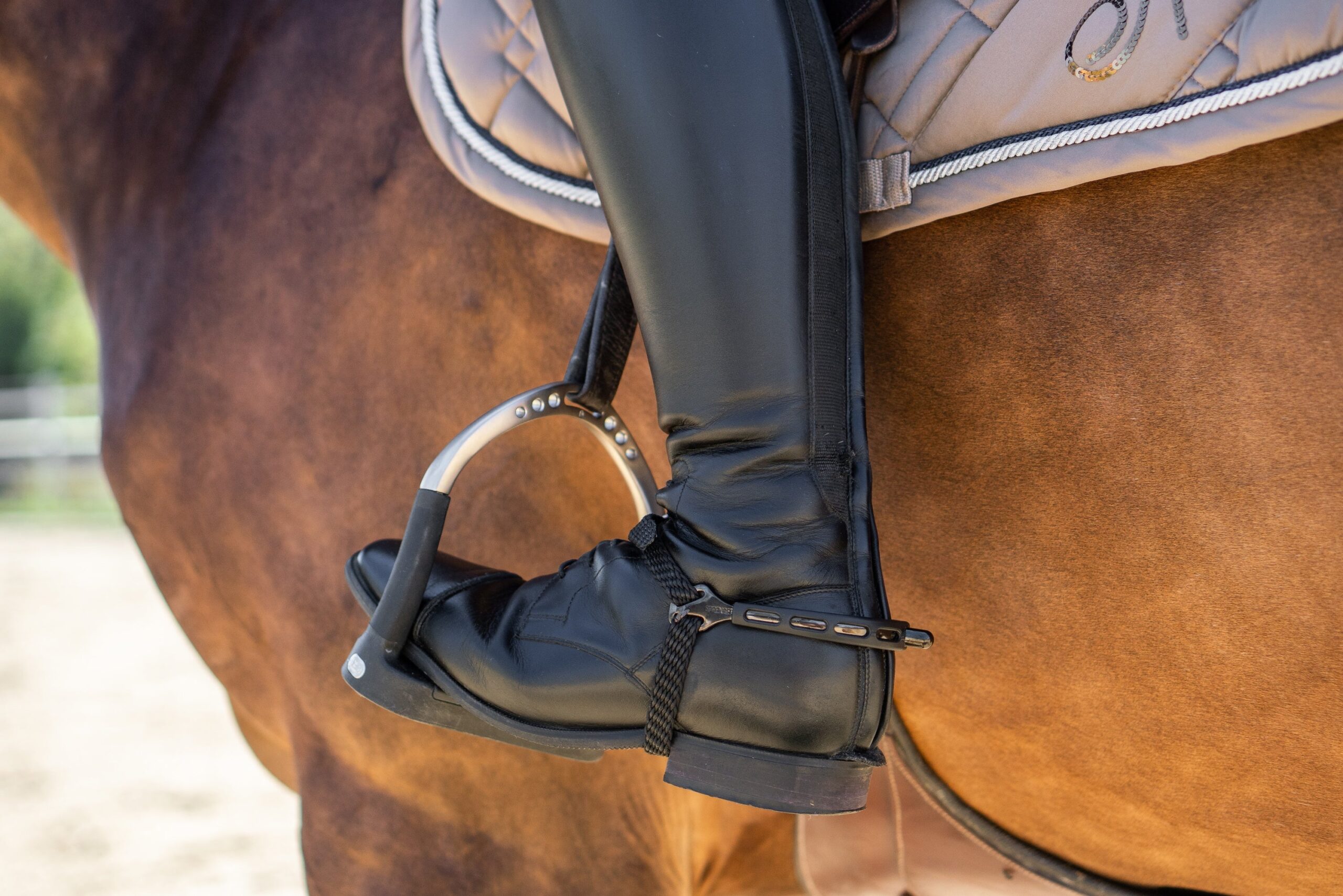The Role of Leg Pressure in Riding

Leg pressure is a fundamental aspect of effective riding, whether you’re horseback riding, cycling, or engaging in other sports that require balance and control. Understanding and mastering leg pressure can significantly enhance your performance, communication with the horse, and overall riding experience.
What is Leg Pressure?

Leg pressure refers to the controlled application of force through the legs to influence movement, balance, and direction. In horseback riding, it is a key method riders use to communicate with their horse, signaling commands such as moving forward, turning, or increasing speed.
Importance of Leg Pressure in Riding
- Communication with the Horse: Leg pressure acts as a subtle yet powerful cue that helps the horse understand the rider’s intentions without the need for verbal commands.
- Balance and Stability: Proper leg pressure helps maintain the rider’s balance, especially during movements like trotting, cantering, or jumping.
- Control and Precision: It allows for precise control over the horse’s movements, enabling smoother transitions and better responsiveness.
Techniques for Applying Leg Pressure
- Consistent Pressure: Applying steady pressure to encourage forward movement.
- Squeezing: A gentle squeeze can signal the horse to increase speed or move laterally.
- Releasing Pressure: Releasing leg pressure is equally important as it signals the horse to stop or slow down.
- Positioning: Proper leg positioning ensures effective pressure without causing discomfort.
Benefits of Mastering Leg Pressure
- Enhances rider-horse communication
- Improves riding efficiency and safety
- Builds trust and responsiveness in the horse
- Reduces rider fatigue by promoting correct posture
Common FAQs
| Question | Answer |
|---|---|
| Why is leg pressure important in riding? | It serves as a primary communication tool between rider and horse, guiding movement and behavior. |
| How can I improve my leg pressure technique? | Practice consistent and balanced pressure, work with a trainer, and focus on leg positioning. |
| Can improper leg pressure harm the horse? | Yes, excessive or uneven pressure can cause discomfort or confusion, so it’s important to apply it correctly. |
Conclusion
Mastering leg pressure is essential for any rider aiming to improve their skills and build a harmonious relationship with their horse. Through practice and awareness, leg pressure becomes a natural and effective tool in your riding arsenal.
